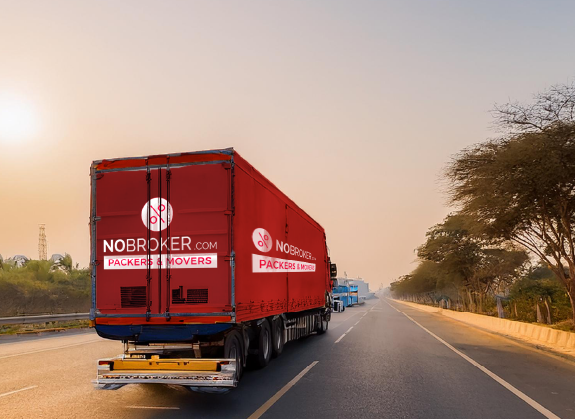When the RBI makes a change in the repo rate, the cost of borrowing also becomes lower/ higher for the house buyers. Let me tell you the repo rate and reverse repo rate meaning. Repo rate refers to the interest rate at which the RBI lends money to the banks and reverse repo rate refers to the interest rate at which the RBI borrows money from banks.
What is the Reverse Repo Rate and Repo Rate Difference:| Reverse repo rate | Repo rate |
The interest RBI pays on borrowings. |
The interest RBI charges, to offer loan. |
A tool to maintain cash flow. |
A tool to control inflation. |
Always lower than the repo rate. |
Always more high than the reverse repo rate. |
Transactions happen via bonds. |
Transactions take place via bonds. |
Works as per reverse repurchase agreement. |
Works as per repurchase agreement. |
Impact of Change in Reverse Repo on Home Loans
House buyers generally go for a home loan that provides a floating rate of interest. A fall in the repo rate affects both the future and existing borrowers. Public sector banks are usually the first ones to reduce their rates and give the benefit to customers. These changes generally have a direct impact on the interest paid by consumers. So, when the repo rates reduce, your financing institution or bank might reduce the MCLR (Marginal Cost-based Lending Rates), which further decreases your loan EMI.
I hope now you know the reverse repo rate definition.
Read more: What is Current Reverse Repo Rate? What is Repo Rate?Your Feedback Matters! How was this Answer?
Shifting, House?
✔
Lowest Price Quote✔
Safe Relocation✔
Professional Labour✔
Timely Pickup & Delivery
Intercity Shifting-Upto 25% Off
Check Prices

Intracity Shifting-Upto 25% Off
Check Prices

City Tempo-Upto 50% Off
Book Now









What is reverse repo rate?
Niranjan
302 Views
1 Answers
3 Year
2021-09-15T16:51:30+00:00 2021-09-15T19:00:29+00:00Comment
Share